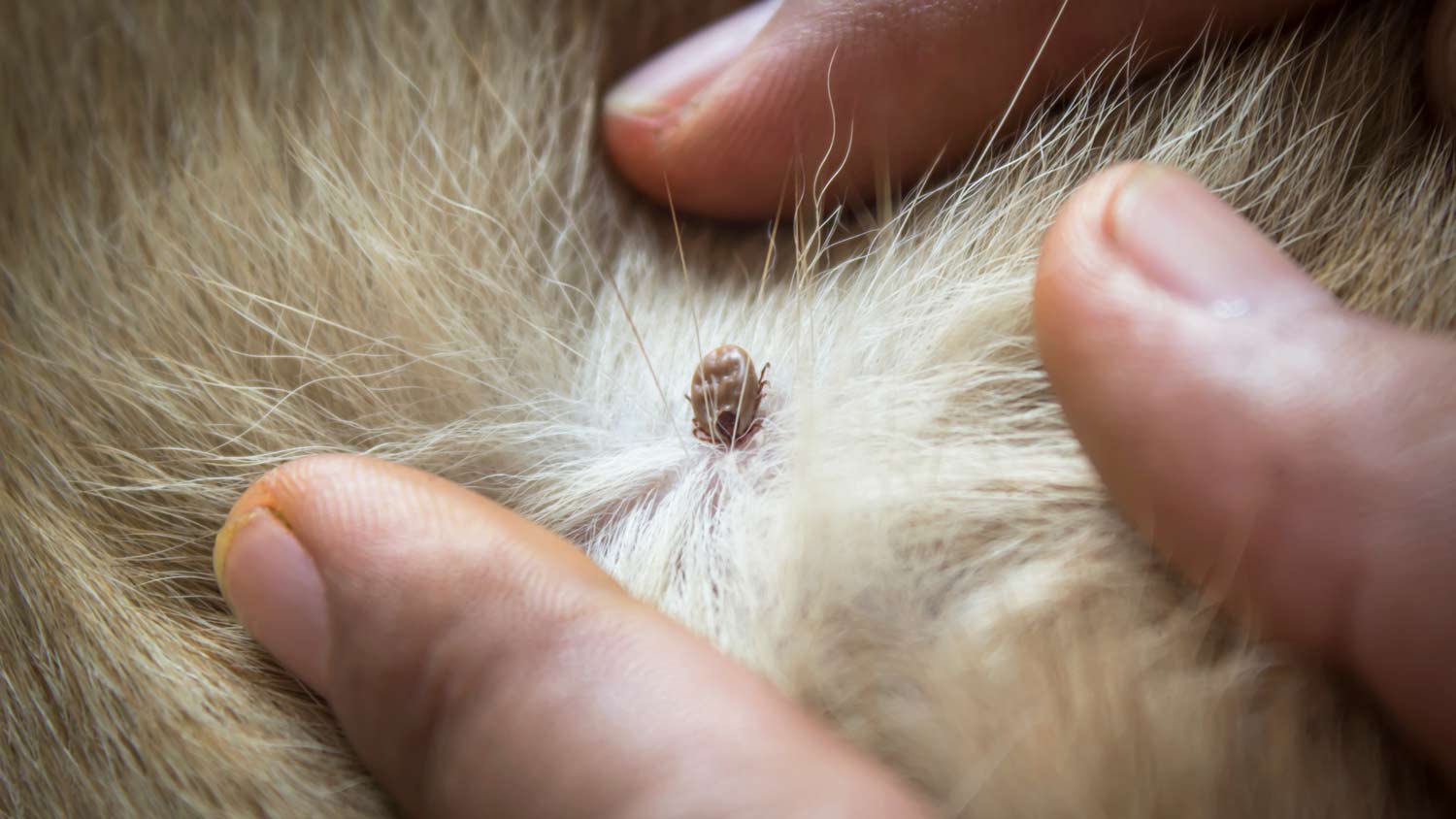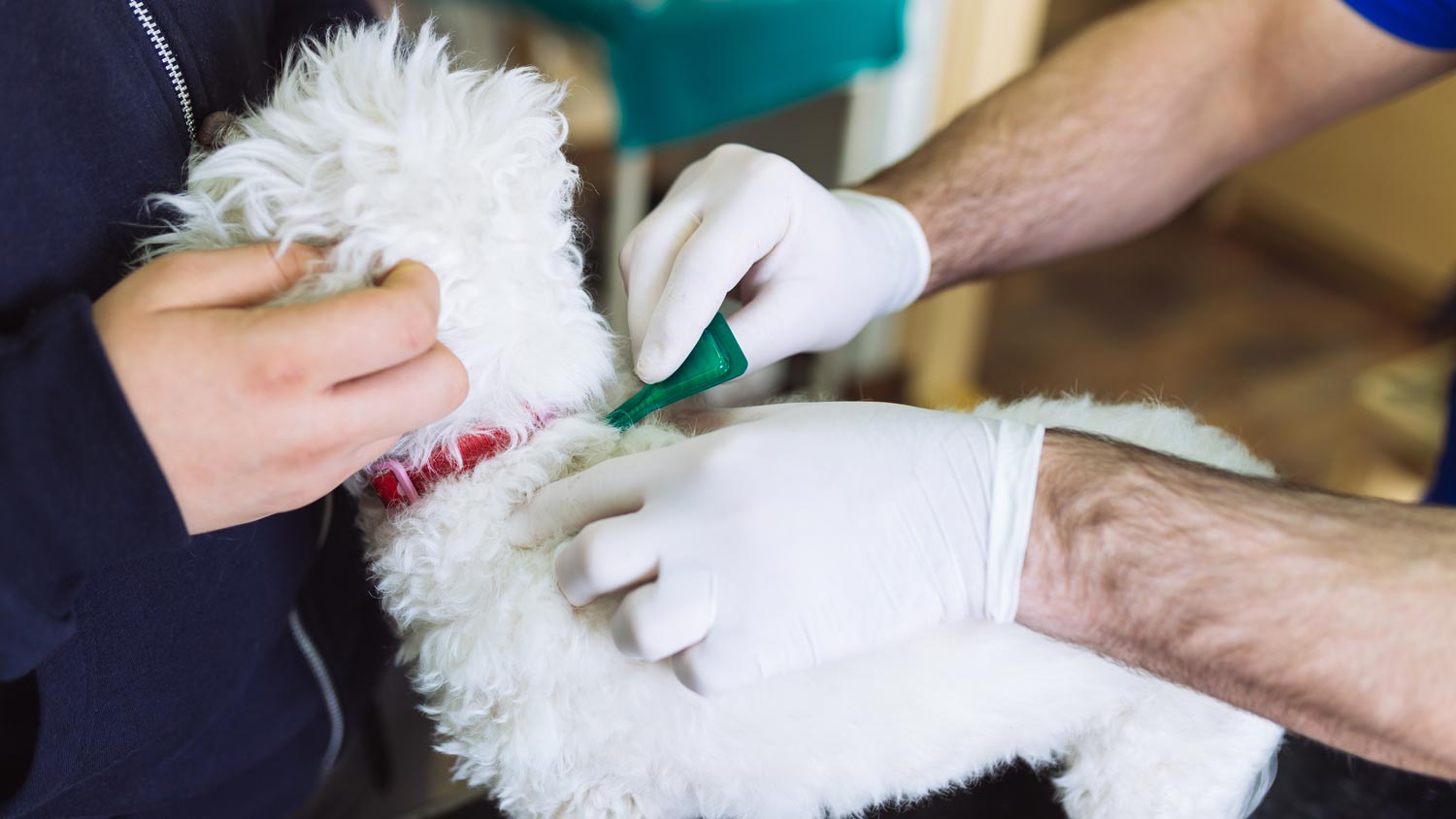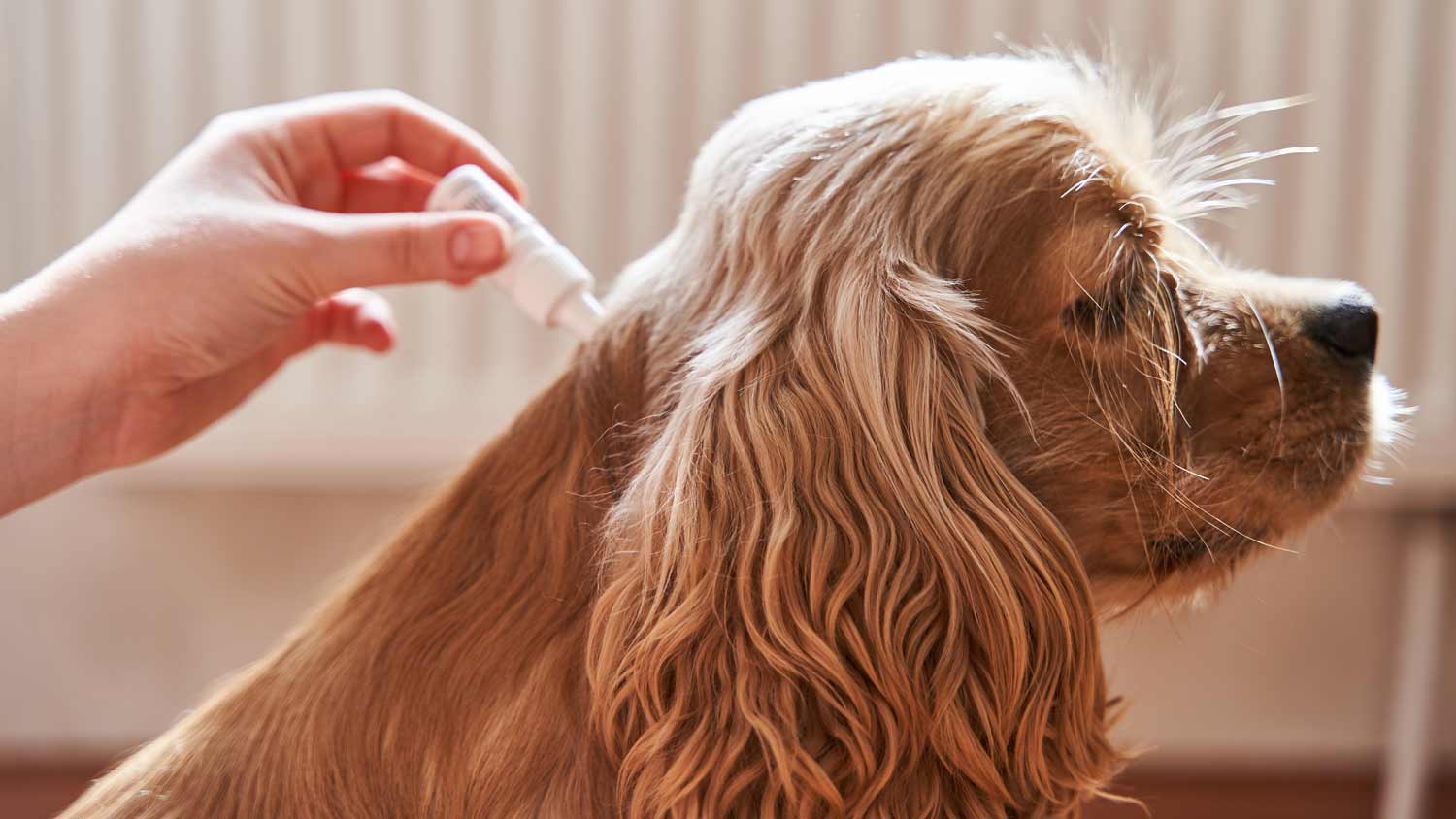
Bats may have their benefits, but you don't want them taking up residence in your home. This guide will help you understand bat removal costs.
Learn how to spot these itchy, annoying pests


Warning signs of fleas include itchy pets, flea bites, flea dirt, skin or hair issues, anemia, visible fleas, and eggs.
Start the removal process by giving your pet a bath with flea shampoo and using flea collars and topical treatments.
Preventing fleas involves treating your pets with flea prevention products, vacuuming and washing your home and pet's bedding often, and keeping your yard well-maintained.
Fleas can carry human disease-causing pathogens, so it's important to take measures to prevent and eliminate infestations.
Wondering whether you have a flea outbreak in your home? Learning the warning signs of fleas is key to spotting an outbreak early and nipping it in the bud before it spreads. Once you determine whether there are fleas in or around your home, the next step is to hire a flea removal pro. Let’s review the top signs of fleas to look out for.

Fleas are tiny, bloodsucking insects that can be a real nuisance to both pets and humans. If you suspect that you have a flea infestation, it’s likely time to call a flea exterminator to eliminate the problem before it gets any worse. Here are the key warning signs of fleas to be aware of:
If you notice that your dog or cat is scratching more than usual, it could be a major indicator of fleas. Take the time to closely inspect your pet’s fur for signs of fleas, including tiny black specks (known as flea dirt) or red skin irritation.
Small red bumps or pimples may appear on your pet's belly, under their legs, at the base of their tail, or on their behind or groin area. This is a clear sign of a flea infestation, and you should hire a local flea removal professional immediately. While uncommon, humans may find small, itchy bumps surrounded by a circular ring of discoloration.
You may find a substance resembling black pepper on your pet’s skin on their favorite places to sleep. These tiny black specks look very similar to dirt, so you’ll need to test it to ensure it’s residue from pesky fleas. Place some of the suspected flea dirt on a moist white tissue or paper towel and if it stains red, it’s the result of fleas.
In some severe cases, you may notice hair loss, dry skin, lesions, or infections. Consult a doctor to determine the root cause of new skin or hair problems and whether it’s the result of a flea infestation.
Blood loss from fleas may trigger anemia, which causes pale gums and is most commonly found in puppies and kittens. Consult your pet’s veterinarian if you notice signs of anemia in them.
In severe infestations, you may be able to see the fleas themselves jumping on your pet or around your home. If that’s the case, don’t hesitate to call a flea control professional to start the flea removal process as quickly as possible.
You might find tiny, white ovular eggs around places where your pet sleeps. Inspect your pet’s bedding or favorite cozy spot for flea eggs, and if present, hire a flea control immediately.

If you suspect fleas on your pet, take them to the vet as soon as possible to get treatment. Your vet will be able to recommend the best course of treatment for them, as well as the best preventative treatments to keep the fleas from coming back.
For the fleas around your home, you should hire a pest control pro as soon as you spot the warning signs of fleas. These pests can spread quickly, and due to their tiny size, may go undetected for longer than you’d like. If you’re unable to tackle the problem on your own, or if you just want the fleas gone ASAP, a professional flea exterminator is the right person to call to get rid of fleas fast.
While you wait for flea control to arrive, wash your and your pet’s bedding, curtains, and any other linens that may have come into contact with fleas in hot water. Dry them on high heat to kill any remaining fleas and eggs. Vacuum your carpets, furniture, and floors frequently to remove fleas and their eggs. Be sure to discard the vacuum bag or empty and sanitize the canister after each use.
There are a few effective DIY methods for getting rid of fleas. Firstly, giving your pet a bath with flea shampoo can help get rid of the tiny buggers and their eggs on contact. Apply dish soap around your pet’s neck to deter fleas from crawling up their face to escape. You can also purchase flea collars and topical treatments to kill fleas and prevent future infestations.
As for getting rid of fleas around your home, there are a few different methods to consider. Chemical traps, flea powders, and spray insecticides are all good options, but they can be hazardous around humans and pets, so it’s best to hire a local flea exterminator to ensure they’re used safely.
If you found flea bites on yourself, know that fleas won’t infest humans. The best course of action is to find and treat the source of the fleas, which is most often your pets. You can treat your flea bites with antihistamines, hydrocortisone cream, and an ice pack to reduce pain and swelling.

Preventing fleas is much easier than waiting until they become a serious problem. Here are the best ways to prevent flea infestations in your home and pets:
Regularly treat your pets with flea prevention products, such as flea collars, topical treatments, or oral medications.
Keep a close eye on your pet after they've been targeted as the host and speak with your vet about the best way to follow up with flea care, especially in theweeks after the first treatment.
Vacuum your carpets and furniture regularly, wash your pet's bedding often, and keep clutter to a minimum.
Steam clean your furniture and rugs on a regular schedule after an infestation.
Keep your yard well-maintained and free of things that attract fleas, such as weeds, tall grasses, wood, and leaf piles.
Maintain a regular house cleaning checklist to keep your home and belongings clean and flea-free.
If you do not have pets at home, spray a potent flea deterrent such as heavily diluted lemon, eucalyptus, or rosemary essential oils in flea-prone areas.
If you have pets, look for pet-safe sprays with similar scents at your pet store made from ingredients that will not affect your furry family members.
Seal up cracks in your home, including in screens and around doors.
Regularly check for signs of fleas and address potential infestations the moment you find a bite on yourself or your pet.
From average costs to expert advice, get all the answers you need to get your job done.

Bats may have their benefits, but you don't want them taking up residence in your home. This guide will help you understand bat removal costs.

If you need to get rid of bugs and pests making your home unsafe, it's time to decide if fumigation is necessary. Learn more about average fumigation costs.

Whether you have bugs, bats, or rodents invading your home, you’ll want to contact an exterminator quickly. Find out how much pest control costs in St Louis, MO.

Honey bees are crucial to the ecosystem, but it’s normal not to want them near your space. Learn how to get rid of honey bees without harming them.

Learn how to check for bed bugs in your home, what to do if you find them, and how to prevent them from returning in this handy DIY guide.

Noticing scorpions around or inside your home? In this guide, learn how to get rid of scorpions (and deter them from coming back) in six simple steps.